JDS Labs Element III Mk2 Boosted DAC / H-AMP – Pure Music, Raw Power
JDS Labs Element III MK2 is a $449 USD DAC/AMP designed for desktop and to power headphones, and to act as the DAC for your system and power other amplifiers, both for headphones and for speakers, or active speakers as well. The base version is priced at 449 USD, but you can also order a Boosted version that doubles the headphone output power for just 49 USD Extra. Today we will be reviewing it together, and also compare it to other super dac/amps including EverSolo DAC-Z6 (459 USD), Palab M1 Mini (500 USD), and Aune S6 PRO (550 USD).
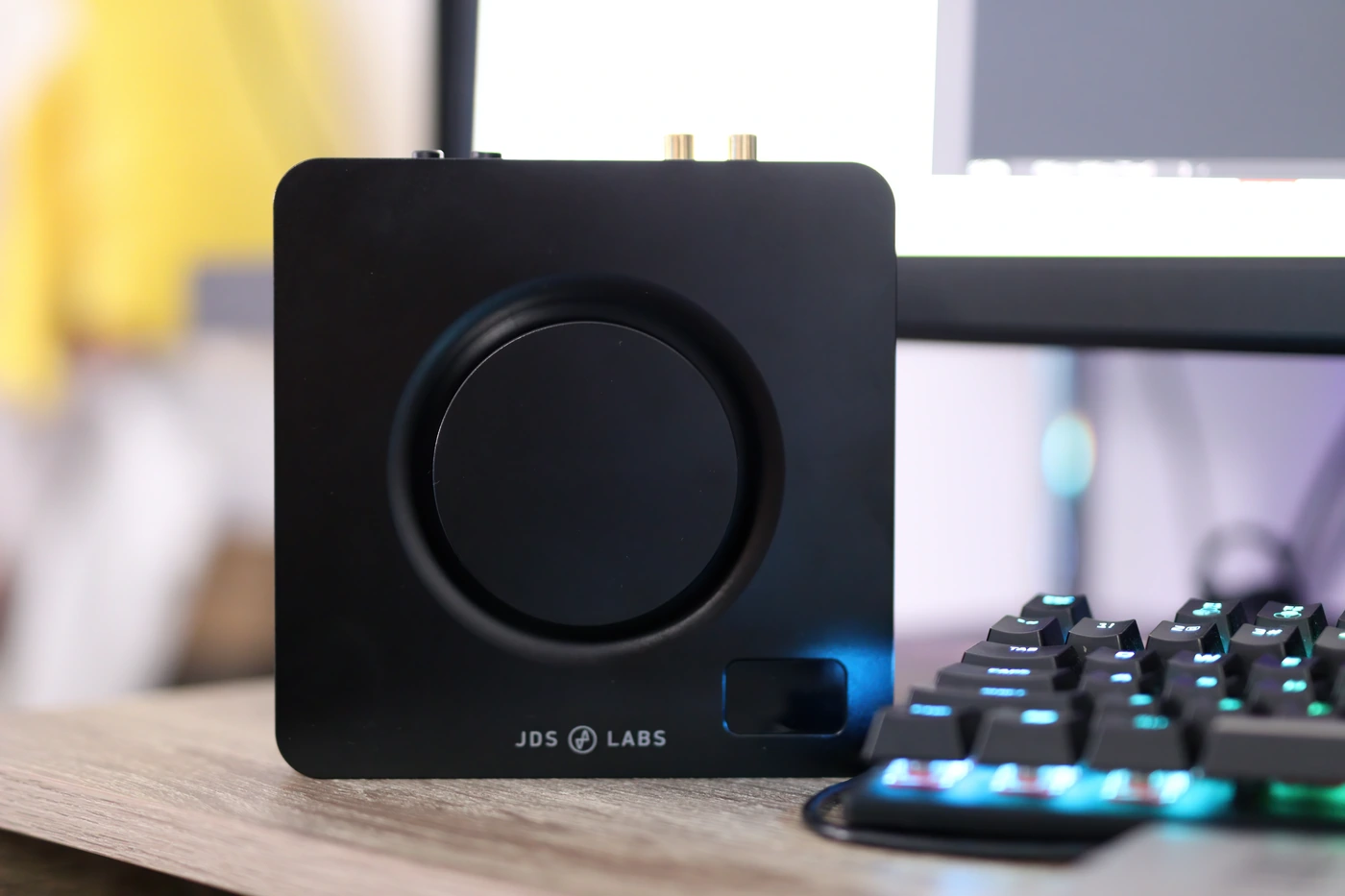
Introduction
JDS Labs is one of the companies most favored by those who enjoy high performance with little marketing, as the company has incredibly solid products and doesn’t like to beat around the bush with pseudo science, instead using the highest quality components for their amplifiers, which are made as compact, ergonomic and practical as possible. The downside to this approach is that JDS Labs isn’t known to everyone yet and today we will be trying to help change that as the Element III Mk2 is really a product that needs to be heard at least once, and can totally pack a punch, despite its compact size and super friendly design. JDS Labs products are usually ordered directly from their website, and need to be ordered while they last, as they make batches that can sell out even in hours after they appear as available.
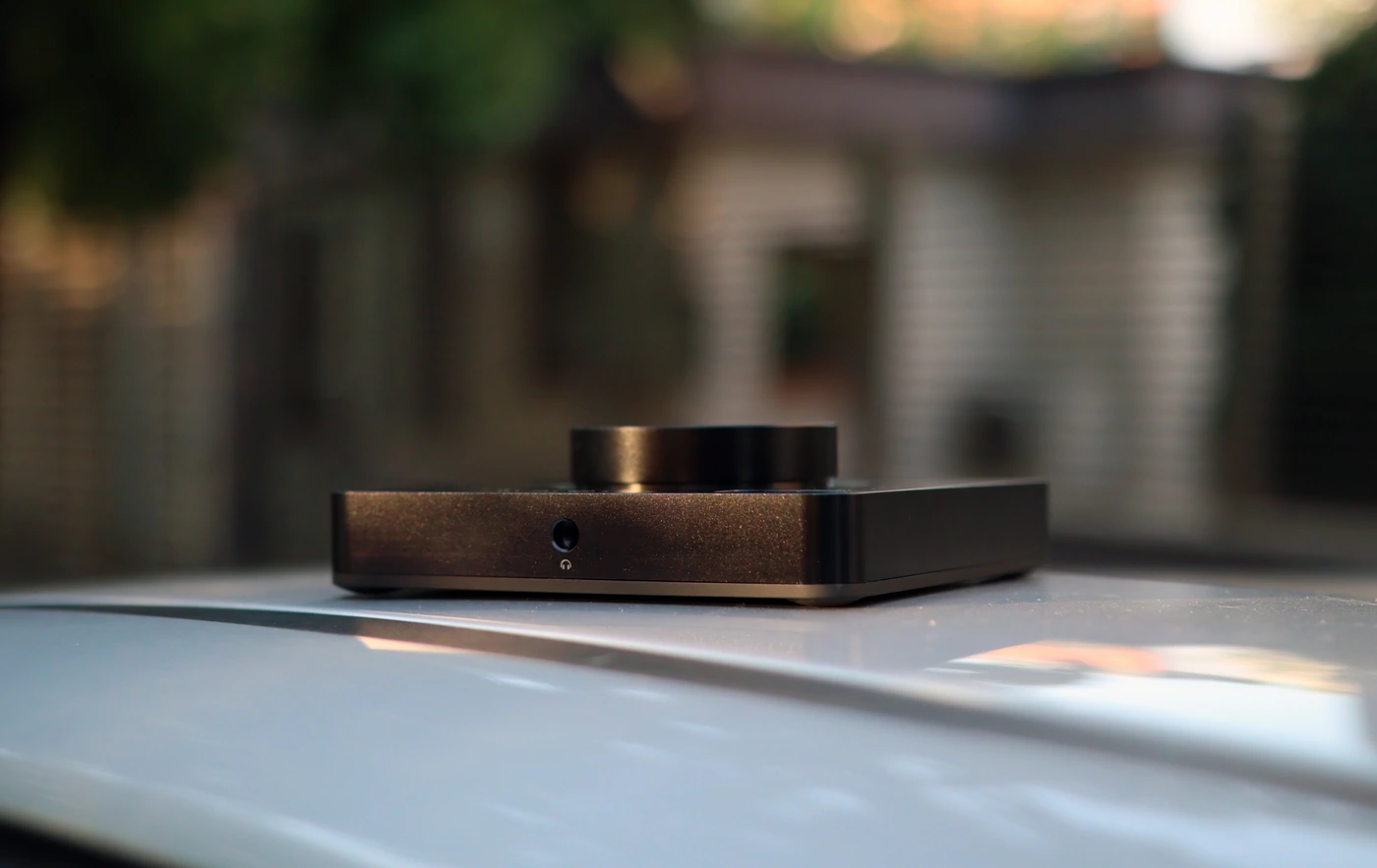
It should be noted that I have absolutely no affiliation with JDS Labs. I’d like to thank JDS for providing the sample for this review. This review reflects my personal experience with the JDS Labs Element III MK2 Boosted DAC / Headphone Amplifier. Every opinion expressed is mine and I stand by it. The purpose of this review is to help those interested in the JDS Labs Element III MK2 Boosted find their next music companion.
Product Link
You can grab one from www.amazon.com here: https://amzn.to/3tEV2jy
If you’re in the UK, you can grab one from www.amazon.co.uk here: https://amzn.to/46uEYzu
And if you’re from Europe, you can grab one from www.amazon.de here: https://amzn.to/3tw0QMn
Build Quality/Aesthetics
JDS Labs Element III Mk2 Boosted is truly a masterpiece of stealth and disguise, because this has to be the most compact, yet powerful DAC/AMP for desktop that I’ve seen recently. It even combines the functions of both the El DAC and El AMP that I reviewed before, in a device that takes the space of just one of those. The whole device has just one headphone output at the front, with the top having one huge volume wheel, and a small display on the bottom right. The sides of the unit do not have any functions, while the back has the USB Input, RCA output, Optical input, and two buttons, one for RCA / Headphones output selection, and an on / off switch. The power input is at the back, and one of the ways JDS Labs manages to keep the size so small with Element III MK2 is by having a separate huge power brick that takes away the current conversion from the unit. This also makes the unit run much cooler than the likes of Aune S9c PRO, FiiO K9 PRO or even HIFIMAN EF400, all of which are hot running devices by comparison. The large volume wheel at the top can be pressed to access the menu, from where you can apply some tweaks, some of them even being EQ tweaks that allow you to take full advantage of the Element III MK2.
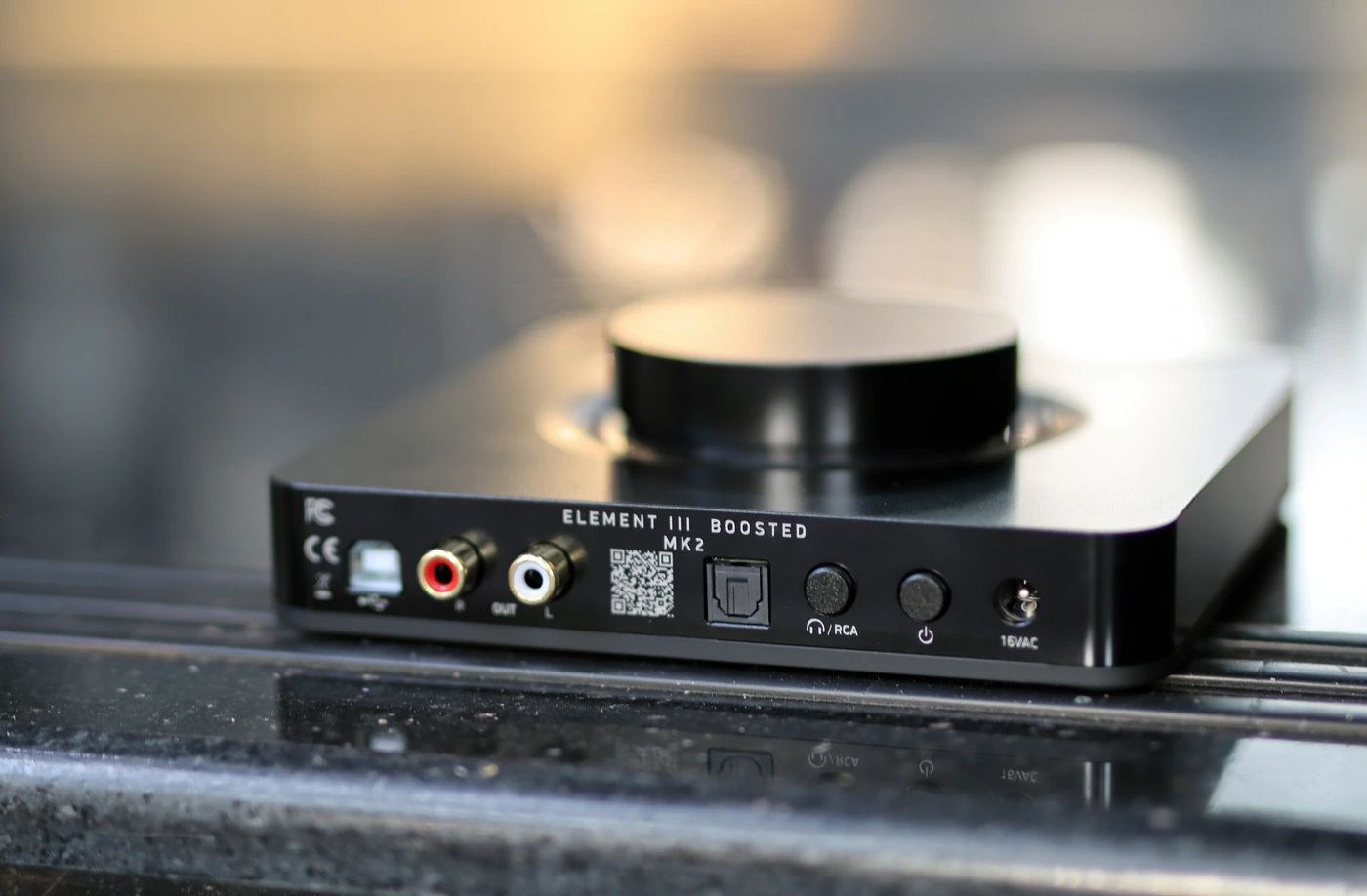
Element III MK2 has an Auto Gain, which means that as long as you don’t need the extra volume, it will stay in low gain, and high gain will engage automatically as you reach for more volume, to make sure you’re having the least background noise and the best sonic quality. The channel balance is perfect down to -127.5 dB, as the volume is digitally controlled and there is no imbalance even possible. The display at the front is OLED, and it can be configured to turn off, to stay on, you can configure the brightness levels, but you have to be above the unit to see it, since it is showing upwards instead of frontally as with most DAC/AMPs.
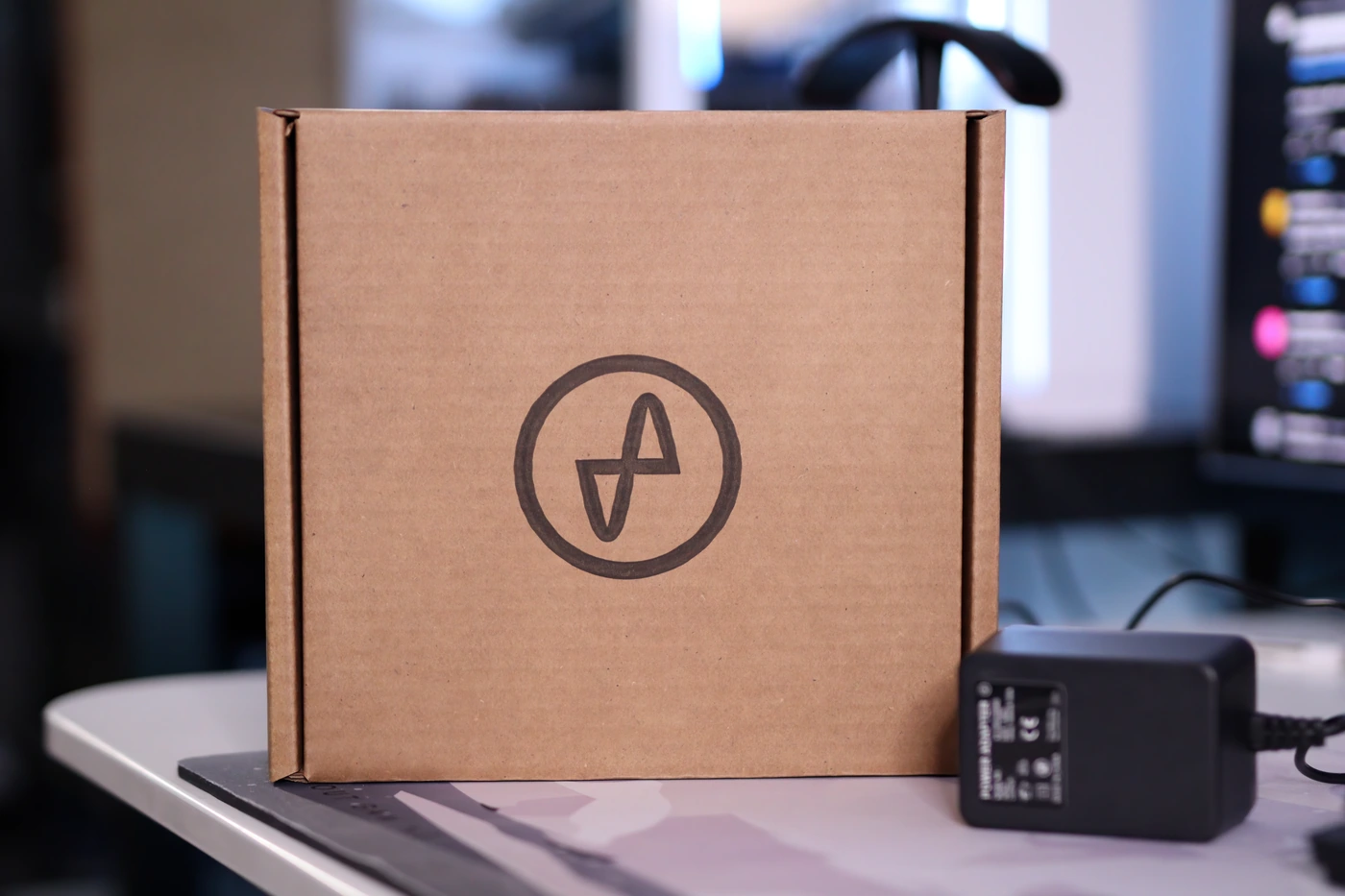
The power delivery of the Element III MK2 is exceptional too, and we have a rail – to – rail grain stage that provides extra headroom and no added distortion when listening at high gain levels compared to low gain levels. The rails are + / – 15 VDC, and with continuous clean power, you’re unlikely to hear any hissing or background noise. The boosted option that we’re reviewing today has a higher headroom than the basic version, and it basically increases the wattage of the headphone output from 1.3W to 2.3W and the voltage from 6.43 VRMS to 8.68 VRMS. I would always recommend going for the boosted version, if you have any over-the-ear headphones, although besides HIFIMAN HE1000 Stealth and Audeze LCD-5, most headphones will not require you to even use the high gain mode. The power brick is also special, and it has 13 regulators, ensuring consistent rail voltage, low ripple and mains isolation.
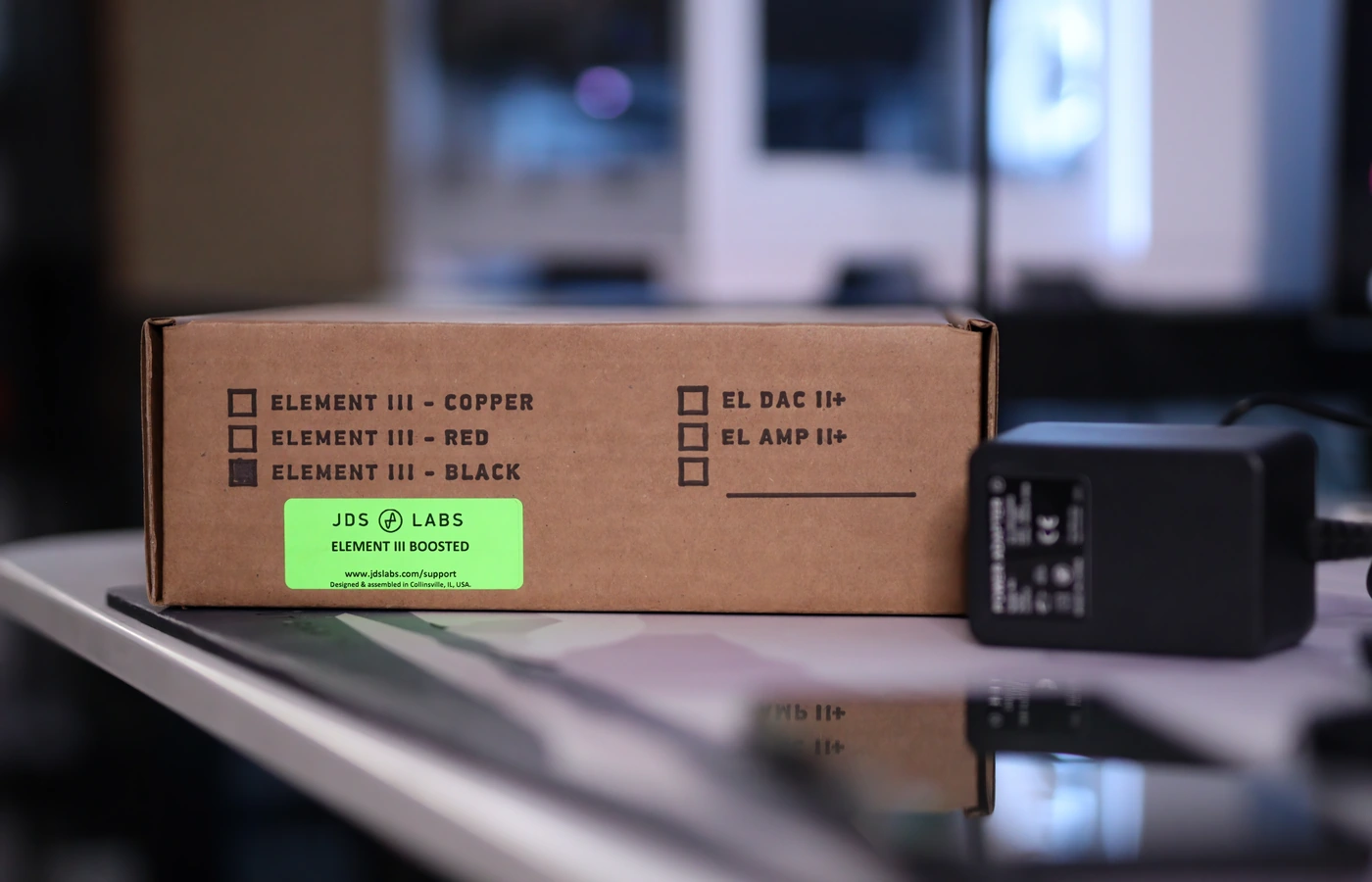
We have a Pre function, and Element III MK2 allows you to set the volume for the RCA Line Out, and it is separate from the volume of the headphones. You can quickly toggle between them using the button at the back. The inputs can also be selected, between Optical and USB, by shortly pressing on the volume wheel. There is relay muting for protection, allowing you to keep the circuits free of pops, thumps or any kind of noise that could damage your IEMs and Headphones. There are independent processors that monitor the internal communications of the DAC/AMP and the volume of the ESS DAC inside.
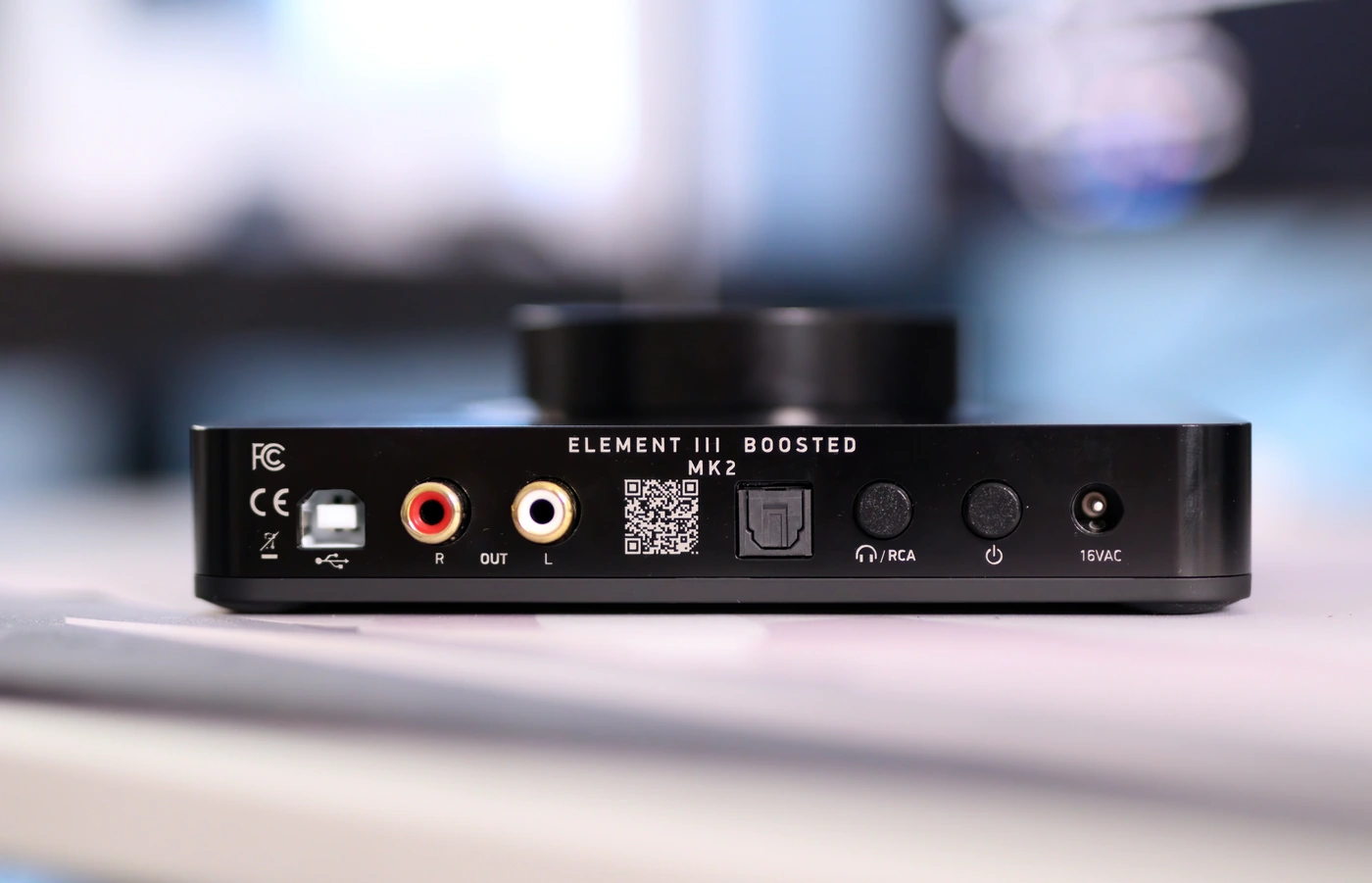
JDS Labs is one of the few companies that doesn’t force you to believe in High-Resolution file format superiority, but they do offer the support for it, so you can device for yourself whether it is worth the hassle, as Element III MK2 supports up to 32 Bit / 384 kHz and DSD128 formats, through the second generation XMOS XU208 engine.
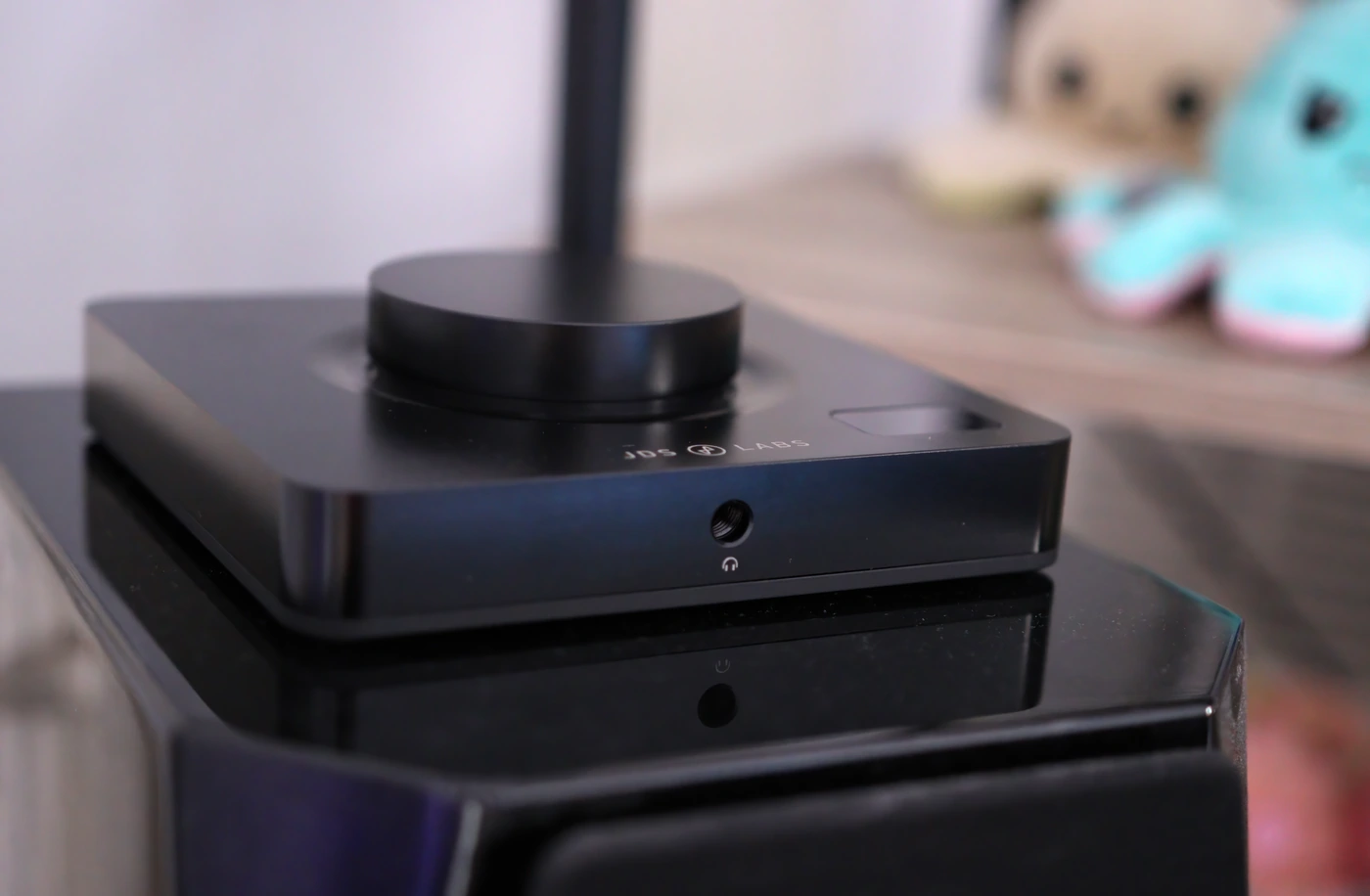
After using it for a few weeks, and digging in the menus, I am happy to report that Element III MK2 is even more versatile than it looks at first, as you can select the DAC filter you want to use, but also how much the DAC allows for 2nd order and 3rd order harmonics to express. This is something that is very rarely seen, but has the potential of fine tuning and allowing you to experience your music in a whole new way. You can also have a 2-Band EQ, where you can increase the bass and treble with up to 30 dB, with no perceived added distortion, and you can also configure the frequency of those. The bass frequency, of where the emphasis will be applied can be set between 40 Hz, and 170 Hz, allowing you to boost either the sub bass, bass body, mid bass or even the upper bass, and the treble boost can be applied between 3kHz and 14 kHz. For most headphones, you’ll want to go to both extremes, and bass boost in the 40Hz, treble boost at 14 kHz, to increase punch and air, rather than bass and treble. At any rate, the most surprising part of the whole design is that this DSP can be applied in real time internally, with no processing power required from your PC.
The unit is made of one bit chunk of metal at the top and feels incredibly nice on a desk, plus the LED light around the volume wheel is incredibly cool. There is no background hissing or noise that I could hear with all the headphones and IEMs tested, and the sound is always distortion-free, even when using extreme DSP and increasing the bass with up to 10 dB, and the treble with up to 5 dB, although this does limit the maximum volume a bit, and the unit will reserve its own headroom to make sure you don’t run into distortion.
Sound Quality
To fully test the Element III MK2 Boosted I’ve paired it with a large number of headphones and IEMs, and the headphone list includes HIFIMAN Audivina, HIFIMAN Ananda Nano, Sivga Luan, Sennheiser HD 660S2, Meze 109 PRO, Audeze LCD-5, and Ultrasone Signature Pure. For large headphones, the boosted version has more than enough power for almost all of them, minus Audeze LCD-5, which still requires more to sound its best, and with headphones like HIFIMAN Audivina and HE1000 Stealth, you will need to even use High Gain if you’ll want to go high volumes, and especially if you engage EQ. I also tested the Element III MK2 with IEMs, especially as the company recommends this, so the list includes Moondrop Blessing 3, HIFIMAN Svanar, iBasso IT05, KiiBoom Evoke, Unique Melody Maven PRO, and Dita Audio Perpetua. With IEMs, I couldn’t notice any noise floor or hissing, so the sound is super clean, detailed and controlled. Given the Boosted nature, you’d think it is a better source for full sized headphones, but it works equally well for both, especially as Element III Mk2 has a very granular volume control with no channel imbalance even at quiet volumes.
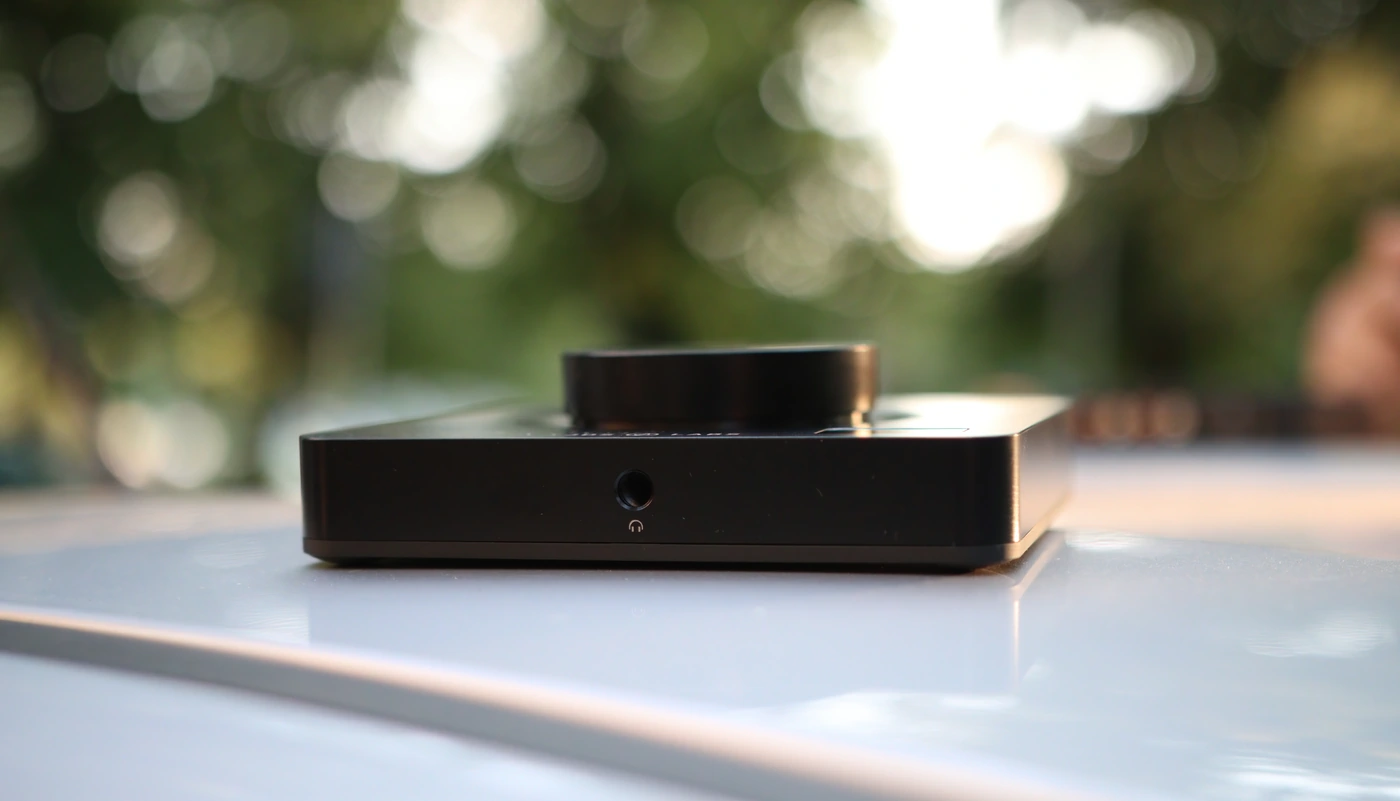
The overall sonic signature of the JDS Labs Element III mK2 can be described as super clean, with a warm midrange, clean and detailed mids, smooth and non-fatiguing treble, a strong and bold bass, but which stays on the neutral and flatter side of things. It feels like the EQ options are the best way to allow the JDS Labs Element III Mk2 to sound as clean and neutral, transparent and uncolored as possible, but allow you to dial in some treble or bass if your headphones or musical taste yearns for it.
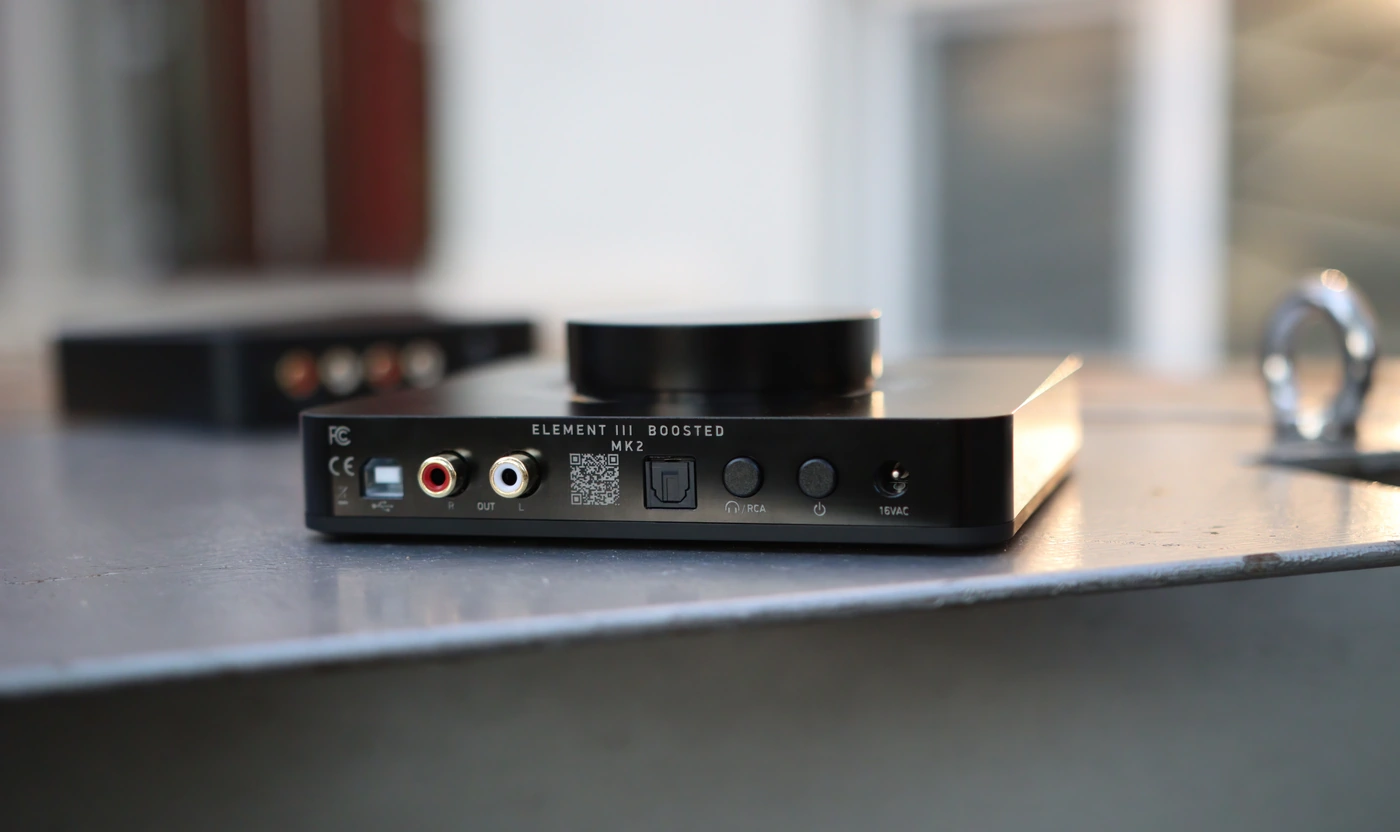
Starting with the bass, JDS Labs made it to be as neutral, clean and detailed as possible. The speed of the bass is natural, and it does not have a lot of texture or over emphasis by default, being pretty flat and neutral. With this in mind, you can EQ up to 30 dB of bass, and I tested this up to the maximum, the maximum volume is reduced quite drastically, but there is no distortion and it is applied quite pleasingly. You can also dial in a lot of 2nd order and 3rd order harmonics if you want more texture, and the sound gets more grainy, but much more textured, as you’d expect from having a high quantity of harmonics. In the default state, the bass has most of the energy in the mid bass, around 80-100 Hz, where it has a punchy presentation, but there is no sub bass rolloff, and if your IEMs or headphones are basshead, JDS Labs Element III MK2 will surely paint them as such.
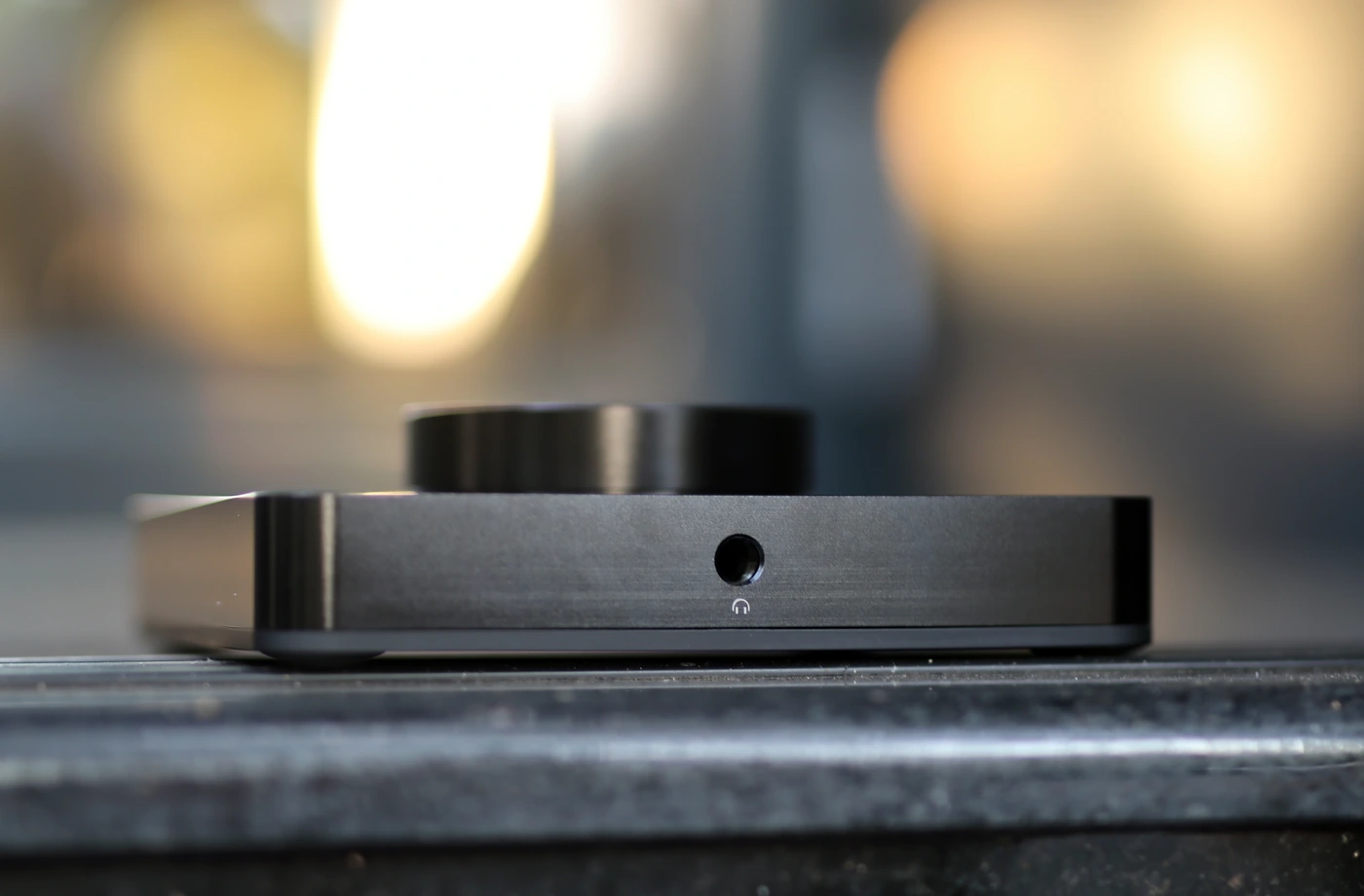
The midrange is super clean and detailed, but here things get interesting, because those 2nd order and 3rd order harmonics that you can set to be more or less will change how textured the sound is drastically. The soundstage is on the natural side, with a natural extension in both width and depth, and it is on the slightly more intimate side, bringing voices, and instruments closer to the listener, allowing you to hear everything perfectly and feel close to the singer. We can notice outstanding dynamics, as music is allowed to breathe as if it was played live in front of you. The resolution of the Element III MK2 is about as good as most DAC/AMPs costing double the price, so similar to what Aune S9C or FiiO K9 PRO can produce, but the on-board processing for EQ and DAC Filters make it more versatile.
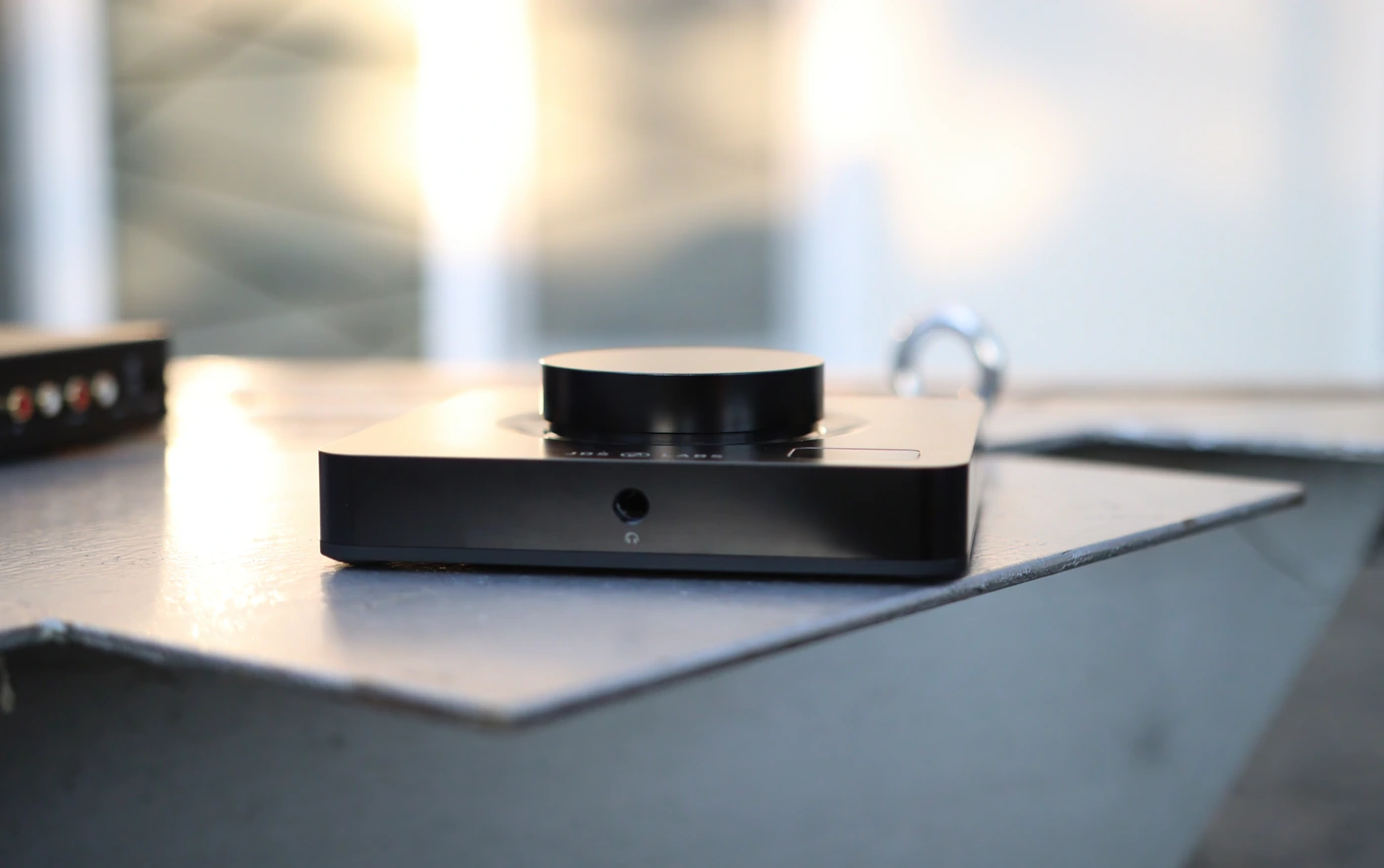
JDS Labs also has a smoother, natural treble that is fatigue-free and with very little texture harshness, but you can make the treble more grainy, which will give more detail, by increasing the quantity of harmonics. The treble increase via DSP is far more effective than the bass, and at 5 dB of extra treble at 14 kHz, you can totally change the character of a headphone or IEM, Element III MK2 being quite a chameleon, able to change the character quite a bit, but flat, transparent and neutral in the default state. The micro details are super good, and you can easily notice
Comparisons
JDS Labs Element III MK2 Boosted vs Palab M1 Mini (449 USD vs 500 USD) – Starting with an option that is also portable, M1 Mini has a versatile input / output option, and is easier to take with you while out and about, but it also does not have the EQ options that Element III Mk2 has. Sonically, M1 Mini is smoother, deeper, thicker sounding with a more lush midrange and bass, a smoother treble, it is really lush and smooth. Element III MK2 sounds far more neutral, flatter, with a smooth treble too, but a much flatter bass, a flatter midrange, and everything is just more transparent. Both have about the same detail, and M1 Mini does not disappoint, but Element III Mk2 is more of an open canvas allowing you to tweak to get a different sound if you want to. It is not possible to get the sound to match the M1 Mini exactly, but you can get much more bass and sub bass from Element III if you want to EQ, and the treble can get much brighter, which is to my taste. All in all, both are great, if you need something portable, Palab M1 Mini is great, while if you need something just for desktop, the RCA outputs make Element III MK2 a better choice.
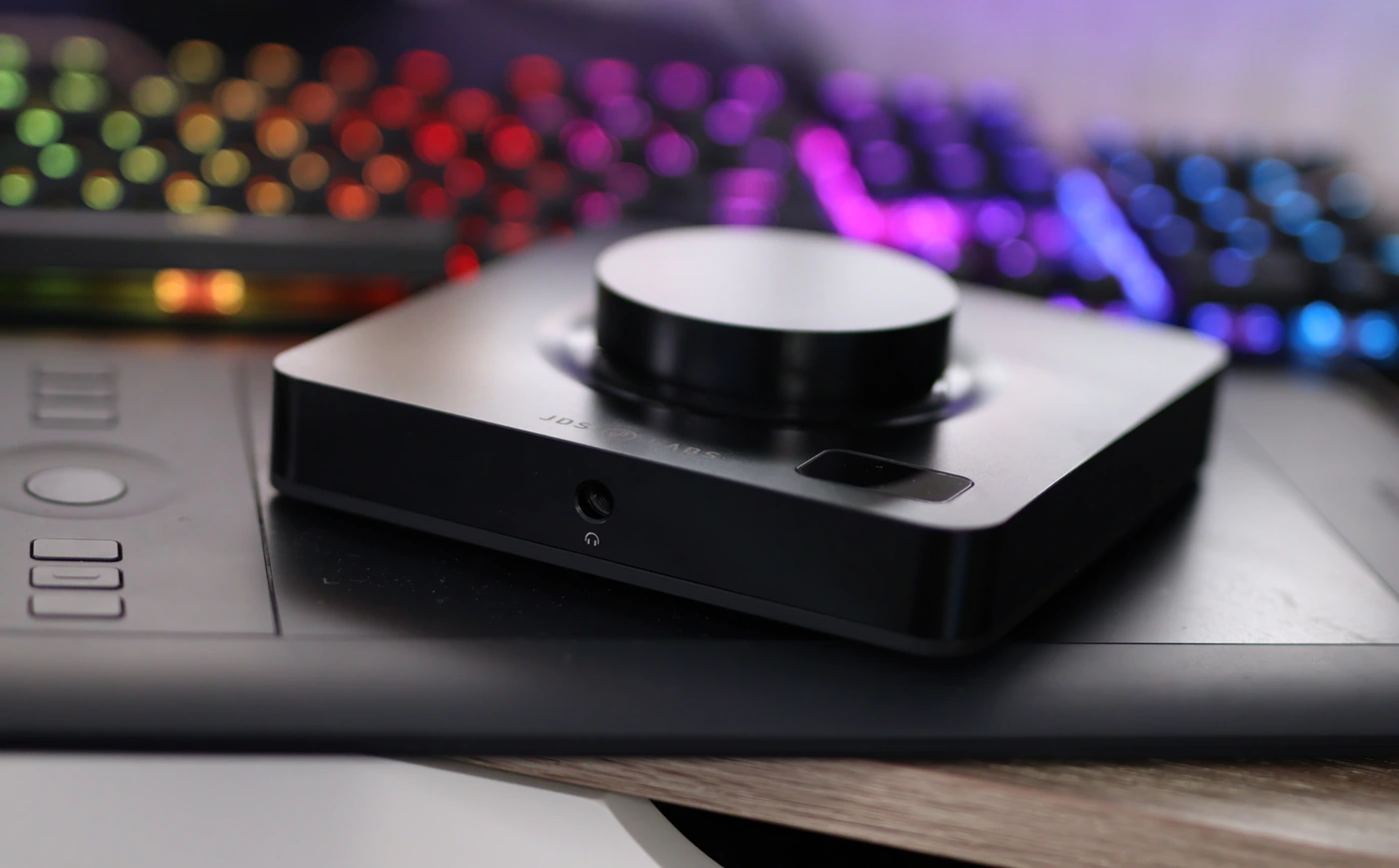
JDS Labs Element III MK2 Boosted vs EverSolo DAC-Z6 (449 USD vs 459 USD) – We have a more versatile unit in the inputs and outputs in the DAC-Z6, but it takes much more space on the desk. Not only that, but we also have that beautiful VU Meter on the DAC-Z6, so it is surprising to say that element III MK2 has a better detail and resolution actually, with better dynamics, and a more neutral, more refined sound. Not only this, but the EQ options are really handy, especially when a headphone doesn’t have enough bass or enough treble, or when you just want to hear more of those. Overall, DAC-Z6 is a really nice unit, but element III MK2 Boosted sounds better, takes less space, and for just a little more in price, you should be able to drive most headphones and IEMS with ease and with no background noise.
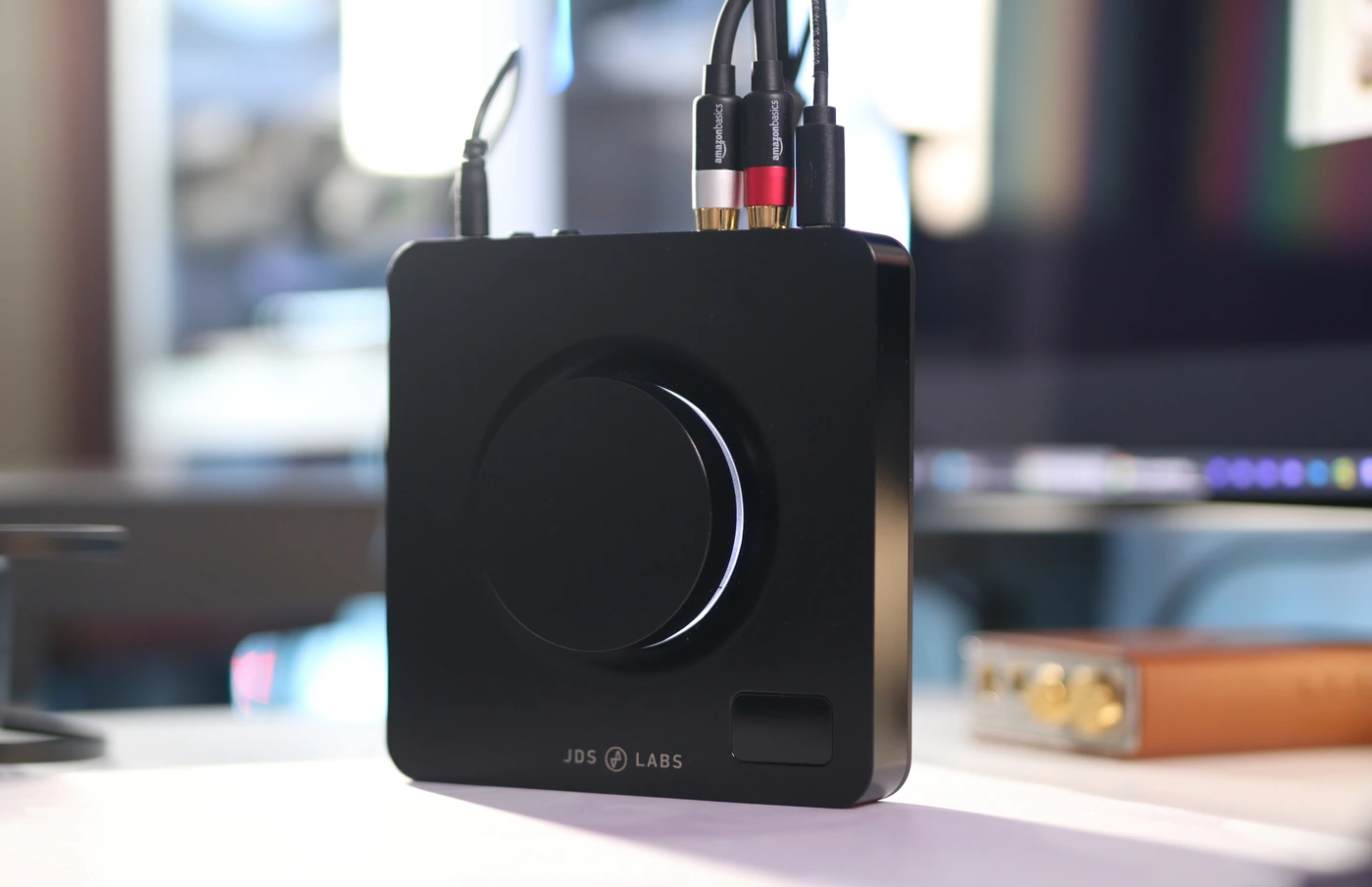
JDS Labs Element III MK2 Boosted vs Aune S6 PRO (449 USD vs 550 USD) – Although S6 PRO is an older unit, it is versatile, and still one of the most technically capable DAC/AMPs out there, so it is interesting to note that although it takes much more space than Element III Mk2, it has less driving power, which was a big complaint with it even when I first reviewed it. This being said, the sound when both are driving headphones they can drive well, is much brighter, more holographic, and colder as presented by Aune S6 PRO. The dynamics are slightly better on the S6 PRO, since the space the music plays is much larger, but Element III MK2 has a more transparent sound and imposes its own signature less, plus you can tweak it more to have more or less texture, to have bass boost and treble boost, making it an easier choice for those who want to experiment with the sound afterwards. I would generally lean towards Element III MK2 more because it takes less space, has more driving power, which makes it a more versatile source in the long run.
Value and Conclusion
While not all products have a perfect value, JDS Labs products always had good value, and this does not diminish as we climb higher on the price scale, Element III Mk2 Boosted having a value that’s really excellent compared to the market average, and coming with some features not found even on DAC/AMPs over 5000 USD in price. The build quality is excellent, noise is almost non-existent, and this is a beautiful unit to have on your desk, basically checking out everything that you’d need from a DAC/AMP for desktop setup.
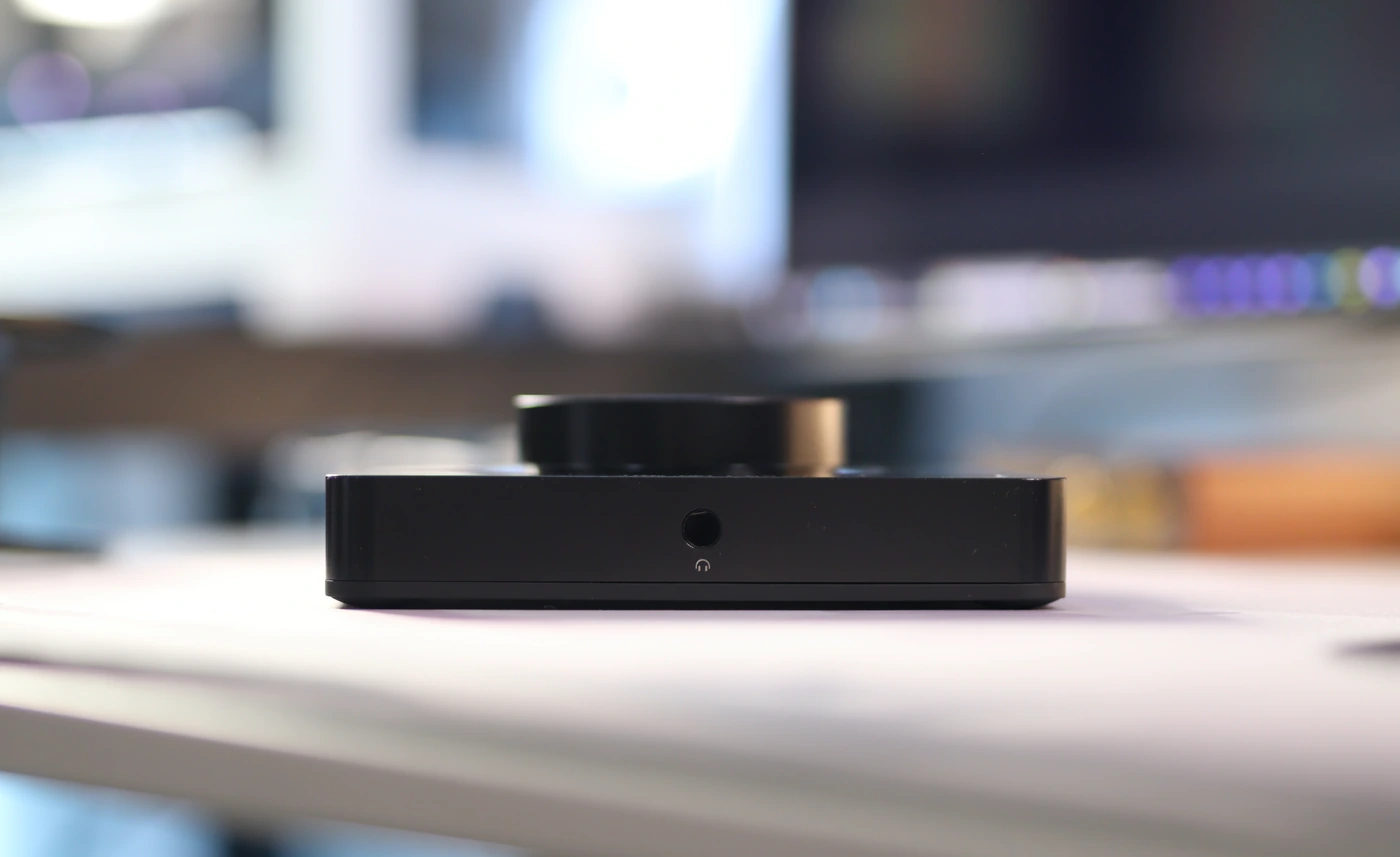
Before the end of today’s review, for its exceptional value, versatile design, well implemented EQ, and outstanding build quality, I will add the JDS Labs Element III MK2 Boosted to the Audiophile-Heaven Hall Of Fame as one of the best DAC/AMPs you can get around 500 USD.
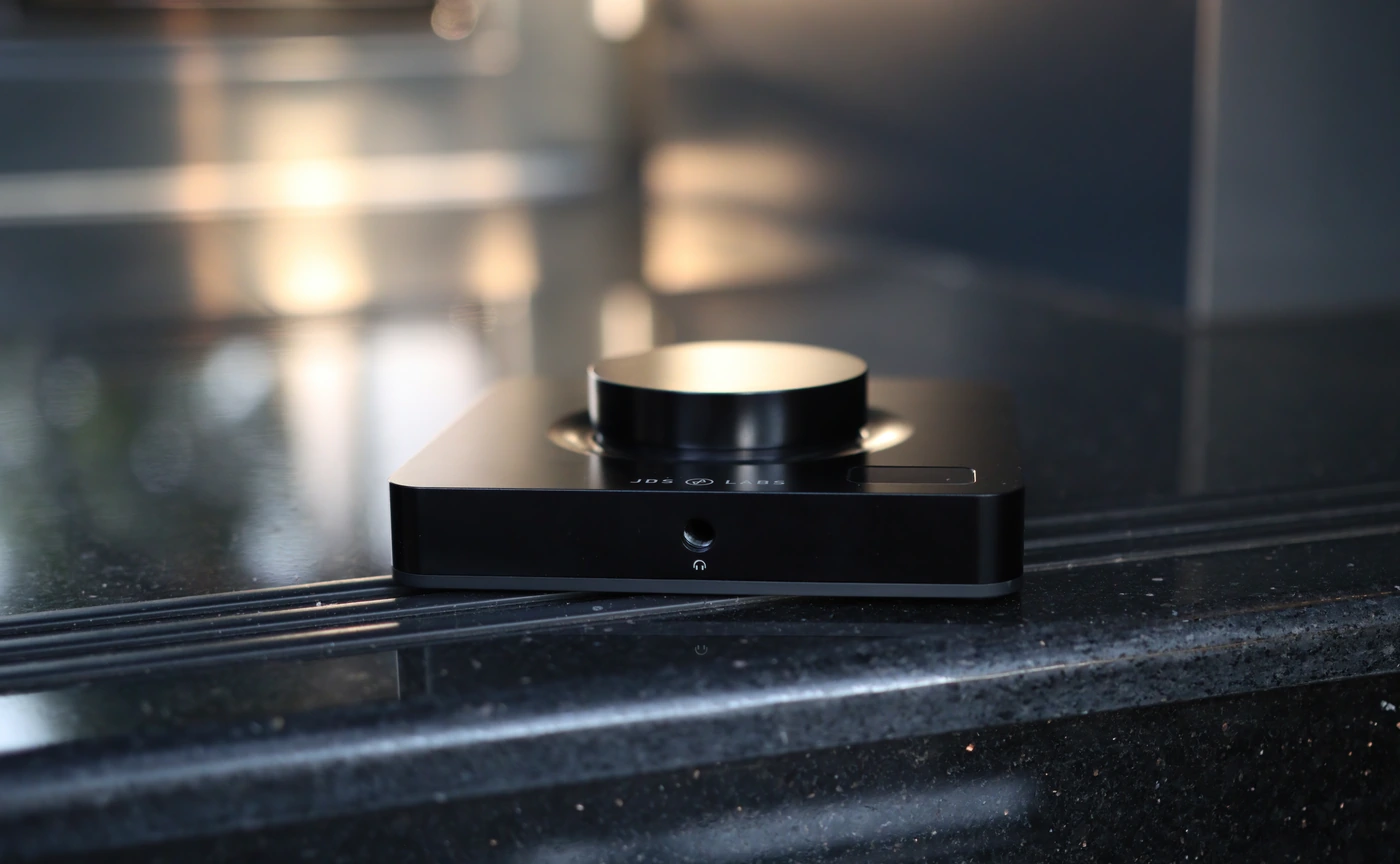
At the end of the day, if you’re looking for an excellent DAC/AMP, if you like to tweak and fine tune your listening experience, if you want no noise but a lot of power, good control, and the support for a mighty company, JDS Labs Element III MK2 Boosted is a fully recommended DAC/AMP and an excellent one at that.
Product Link
You can grab one from www.amazon.com here: https://amzn.to/3tEV2jy
If you’re in the UK, you can grab one from www.amazon.co.uk here: https://amzn.to/46uEYzu
And if you’re from Europe, you can grab one from www.amazon.de here: https://amzn.to/3tw0QMn
--- Please remember to stay safe, and always have fun while listening to music!---
- If you have a dime to spare, please donate, and help us! It would make the day brighter for me and my wife-
Full Playlist used for this review
We listened to more songs than those named in this playlist, but those are excellent for identifying a sonic signature. I recommend trying most of the songs from this playlist, especially if you’re searching for new music! The playlists are different for Spotify, Tidal and Youtube, and based on the songs I enjoy and are available on each!
https://www.youtube.com/playlist?list=PL_cjBXGmwSHSdGcwuc_bKbBDGHL4QvYBu
https://open.spotify.com/playlist/5J3oloz8Riy9LxEGenOjQ0?si=979ba4f082414be7
https://tidal.com/browse/playlist/330fd544-8e5b-4839-bd35-676b2edbb3d5
--- Contact Us ---






[…] including FiiO K17, FiiO K9 PRO ESS, iBasso D16 + iBasso PB5, iBasso DX340, Burson PlayMate 2, JDS Labs Element III, Rose Technics RT-5000, TempoTec March V, Surfans F28, Singxer Sa-1 V2 driven by a Musician Pegasus […]
[…] sources, most of them from the mighty flagship class, including FiiO K17, Burson PlayMate 2, JDS Labs Element III, Singxer Sa-1 V2 driven by a FiiO K15, Rose Technics RT-5000, and Dethonray Clarinet. Fosi Audio i5 […]
[…] new Sivga Peng with a multitude of sources, including FiiO K17, iBasso DX340, Burson PlayMate 2, JDS Labs Element III, Singxer Sa-1 V2 driven by a Musician Pegasus II R2R DAC, Dethonray Clarinet. All of those sources […]
[…] Listening M1, and the most affordable sources that can drive HIFIMAN Susvara Unveiled well include JDS Labs Element III Mk2 and the stack made out of Topping A50 III and Topping D50 III. Susvara Unveiled scales a lot with […]
[…] Hiby R3 II, FiiO K9 PRO, Audioengine D1, iFi Audio Go bar, Shanling UP4 2022, iBasso DX160, and JDS Labs Element III MK2 Boosted. This is an IEM that is easy to drive, does not reveal background noise easily, but does improve a […]
[…] including FiiO Q15, Shanling UA4, HIDIZS S9 PRO Plus Martha, HIFIMAN EF600, Hiby Digital M300, and JDS Labs Element III MK2 Boosted. Generally, Kefine Klanar requires a bit more power than you’d expect from their 16 OHMs of […]
[…] with a number of sources including Shanling UA1 Plus, xDuoo TA-84, Hiby Digital M300, Hiby R3 II, JDS Labs Element III Mk2 Boosted, Aune S9c PRO, SMSL M300, and FiiO K9 PRO ESS. XOE is really easy to drive, somewhat sensitive to […]
[…] and the main DACs I’ve been pairing it with are HIFIMAN EF600, FiiO K9 PRO ESS, Aune S9C PRO, JDS Labs Element III MK2 Boosted, SMSL DO400, and iBasso DX320 MAX TI. For the headphones I’ve been using the best, hardest to […]